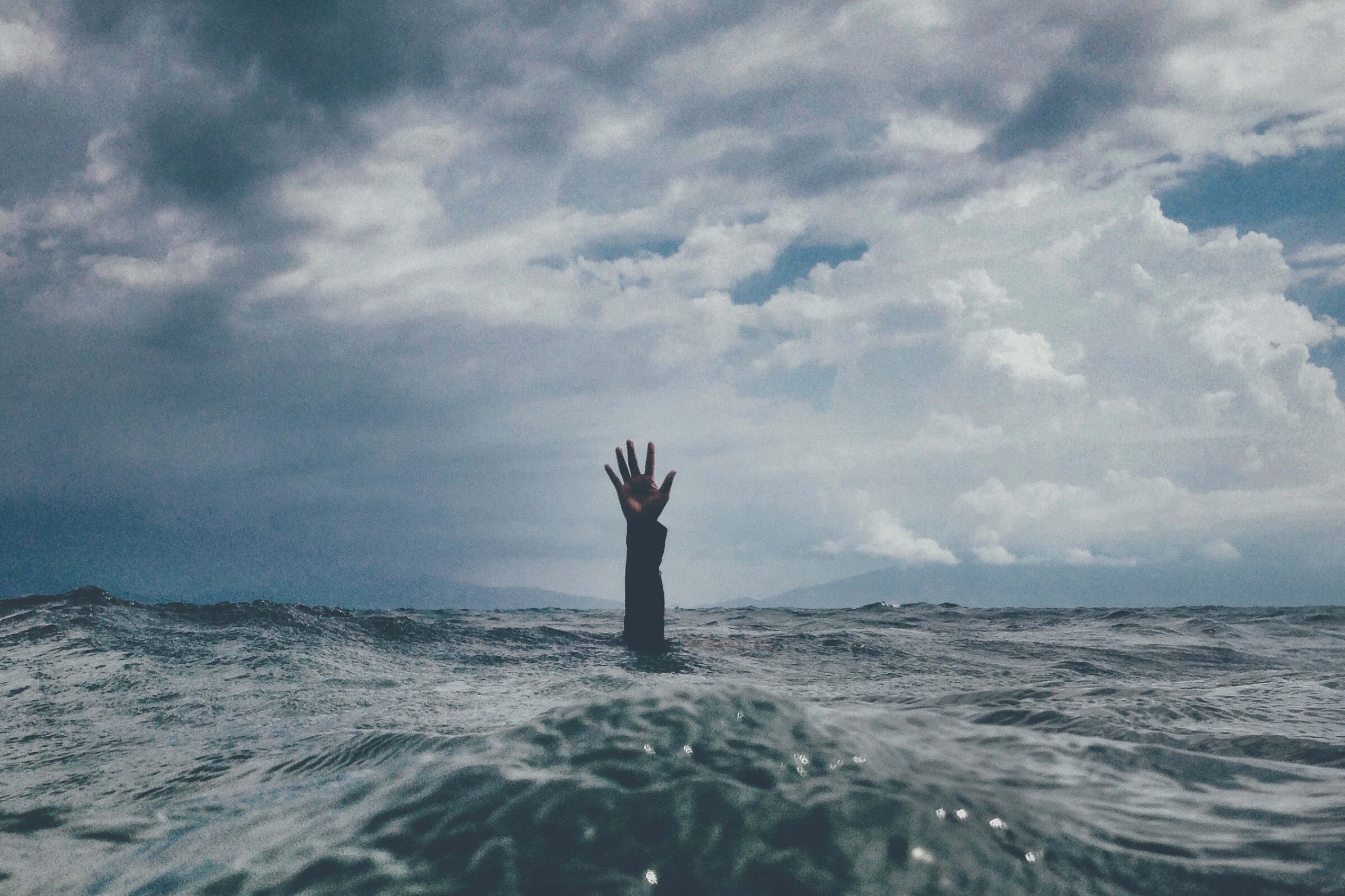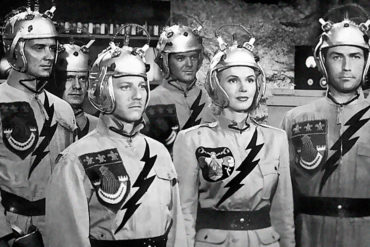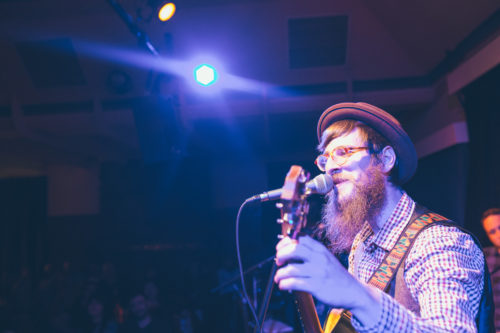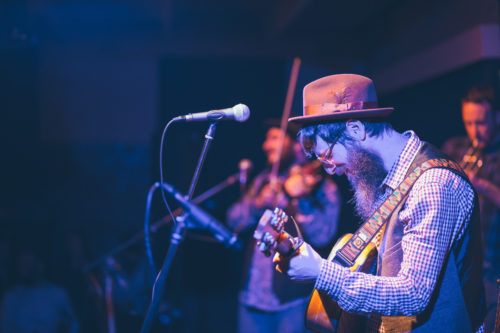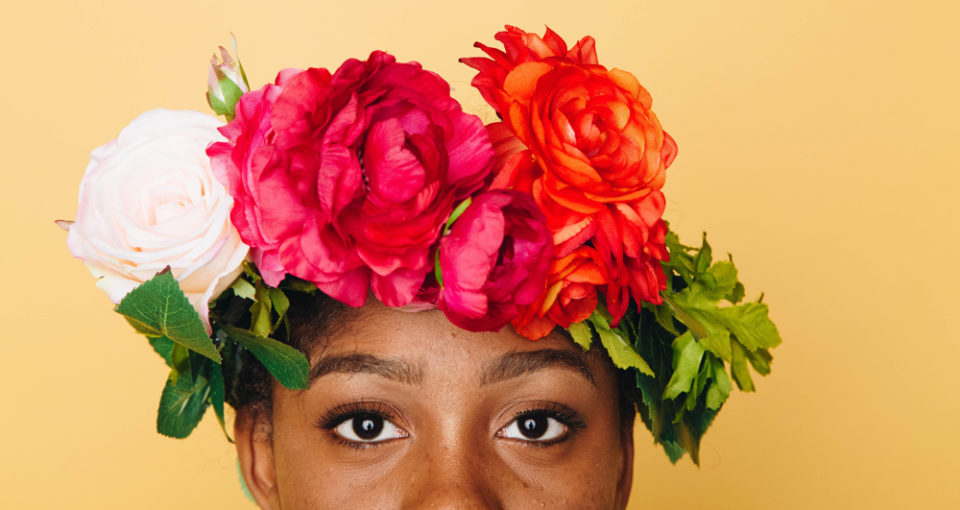Come with me. Won’t you come with me?
Gather round. This is chilled night music. These are sweet, sweater tunes.
Find a seat. Cozy up. Grab a mug of what keeps you warm: hot cocoa, coffee, or single malt.
Head back, watch the fire’s sparks add light to the stars.
Perk up your ears, as we’re going far. This is the kind of listening party that happens at the edge of the map.
◊♦◊
Listening to Feter Hendel’s second EP, ‘Fire Bright,’ released in October, is a genuinely intimate musical experience. The tunes are whiskey warm and honey sweet. There’s obvious camaraderie between the band members and the listener in the live sound and the building melodies – you can’t help but hear them as being with you at the moment, actually live, alive, there in the corner of your suburban backyard or on your city rooftop with all your friends from across the street or across the hall or across the globe there, chilling with you, all together.
‘Fire Bright’ shows the band’s consistency and comfort with broadening the listening experience, progressing from their excellent first effort, ‘Lost Treasure.’ Keys and guitars root these songs, but their sound is richly layered with muted drums, violins, horns, ukulele, and more. The blend of folk balladry and Chassidish melodies with soulful lyrics captivates. And Moshe Hendel’s sincere voice has a pleading quality every one of us is familiar with. You know the one, the one that speaks to you of the true grandness that is the experience of living despite all the interference. It breaks through, that voice. Not with a grandiosity, but with modesty and warmth.
Taken by the songs, I reached out to band’s front man, Moshe Hendel Feiglin.
The following is an email conversation — including videos and tunes — with Moshe. I sent him an introductory email from a suburb in South Florida, and he responded from Melbourne, Australia, indicating he would be happy to answer some questions. Moshe’s responses to my questions are as open and as stimulating as his music.
Hi, Moshe. I’ll get right to it. Most recently there have been some super exciting things going on with Jewish music. Just to name a few: Levi Robin blows us away with 6 beautiful songs, Moshiac Oi! cranks our punk hearts for a ride, Ari Lesser is venting some fierce rhymes and verses, and Zusha is simply exploding.
And then one day I watch the “Come With Me” video.
And I was singing glory, glory, glory. When I first heard the new EP, there was an immediate connection. So I had to find out more about you and then share with Hevria readers.
I read on your website about the origin of the band’s name, but why? Is there something about Hendel Lieberman’s art or his story that you identify with?
There is a deep personal connection. My middle name is Hendel, named after Hendel Lieberman. He was my great-great uncle. I really identify with his story, his challenges to find creative expression – to be himself and be Chassidic at the same time. His need to rebel. His eventual return on his own terms. He was the first to do this.
He was able to integrate all aspects of himself. He was both a Chassid and an artist at the same time.
He’s actually buried right next to the ohel, and I always make an effort to spend some time there whenever I get a chance to get to New York.
Do you want Feter Hendel to be known as a Jewish band? Does that matter to you?
It’s funny you ask this – the truth is, that half my band members aren’t Jewish, and they are all my closest friends.
After my recent launch, a young guy asked me, “What kind of music is this, Jewish Folk? Is there even a market for Jewish Folk?”
I told him that I never looked at it as Jewish Folk. We are just making music from our heart, you know? I don’t know if it needs to be or even can be defined.
Is Bob Dylan Jewish Folk?
To me, making music lets you express yourself and transcend yourself at the same time. I am both visibly and proudly Jewish – it informs everything I do, so I guess it’s a Jewish band as much as I am a Jewish social worker.
But my music speaks to a shared common experience that I think all people can identify with.
Before each gig, the band sings a niggun together as a way to connect. Again, both Jewish and gentile band mates, together, drawing from a higher place.
I’m pretty obsessed right now with ‘Fire Bright.’ Do you have a favorite song on this one? I have to tell you that I am partial to “From My Heart” and almost linked it as the soundtrack to my last essay on Hevria. The first time I heard that song I played it over and over. Listened to it a couple of weeks ago with my daughter and cried into my pre-Shabbos beer.
Can you talk a little about that song? Could you also say a few words about the title track and perhaps “City of David” as well?
Sure. My favorite song is probably “Fire Bright,” which is the title track. One of my daughter’s names is Nahara, which means ‘bright light.’ The song actually traces birth – ‘here you come, slowly now, breath you out, one breath at a time…’
When my first daughter was born, I guess I was following the Chabad guidelines a bit more, and I was outside the delivery room during birth, but I regretted it. So, for the next baby (Nahara) I was there – I didn’t want to miss out.
I heard a recording of Reb Shlomo Carlebach talk about childbirth: “If I would tell you that you could be there to witness G-d create the universe, would you want to miss out?” It was a powerful experience, seeing my wife, as well as my child, so vulnerable.
I had a profound realization that we all start off the same way, innocent, pure, perfect, but the world can be dark and cruel, we need to love our children in order to protect them and support them in this crazy world.
“From My Heart” is also, I guess, a love song to my eldest daughter. I composed it while she was in the bath, on my ukulele. She was not much of a sleeper. And at age six [she] still isn’t.
It wasn’t easy, but there’s something so meaningful and beautiful about all those sleepless nights, the never ending love, and the special bond of a father to a daughter.
I often say to her, “Don’t grow old.” It’s hard to notice if I’m changing or aging, but through her I can see where I am.
It’s almost like kids are a mirror that make you see yourself for how you really are. It’s so honest and real.
I also sampled their voices into the beginning and end of the song. I really wanted it to feel like a lullaby. I made it for her.
We used ukulele, glockenspiel, banjo, instruments that make you dance and cry at the same time.
“City of David” has quite the back story, as well. It’s a cover of a song, an old gospel song. The first time I heard it was off a bootleg of Reb Shlomo Carlebach singing the song.
Something about it resonated. I searched for the original and couldn’t find it. Reb Shlomo had also never recorded the song.
We kind of reworked it to have a New Orleans-jamming feel to it, and also sampled in Reb Shlomo’s voice from the bootleg recording.
It’s a yearning to return to Zion, and it’s a way to bridge worlds through music. We have been performing that song live for a few years, and it always ‘goes off.’ There is something awesome about it. We recorded a music video for that song on a recent trip to Israel, just as the war with Gaza was starting. It has an extra significance now, I guess. I’ve also received quite a response from Christians all over the world – they seem to love it too!
What’s your process? Do lyrics come first or melodies? The reason I ask is that your lyrics are as haunting as they are celebratory, full of imagery, but so is the music. It too evokes imagery: open planes, morning dew landscapes, whiskey and smoke. And in “Call Out” I can’t help but hear the Beatles.
I guess my process varies. I certainly don’t sit down and consciously try and write songs. It usually happens on its own.
Sometimes I’m driving and I’ll hear a melody in my head and I’ll quickly sing it into my phone so I don’t lose it.
Other times, both flow at the same time. I actually write a lot of my songs on piano, even though I can’t really play. I know enough chords to write a song, but that’s about it.
Often I’ll have an intro, a verse, but nothing else, and slowly I put the pieces together.
This could take months, and sometimes years.
I love how you caught onto the Beatles feel in “Call Out.” The end is a Beatles-inspired niggun. In fact, the piano used is a midi sample of the original Abbey Road piano used on many Beatles records.
It’s amazing what you can do in a studio. It was played an a $200 midi keyboard, and sounds amazing.
“Call Out” probably has the most emotion for me. It represents a deep yearning of the soul, a theme that carries through all the songs. That song was written in memory of a close friend who passed away a year ago, leaving a wife and four kids behind. Very painful stuff. When I play it live, I always share stories about him in the song.
We filmed a music video for that song, out in the bleak Australian bush, complete with all the images you described – bleak, rainy, whiskey, etc. – very sadly the data somehow was corrupted and the video is gone, kaput, just like that. I guess it wasn’t meant to be. We are refilming next week, but we are going to let it flow and see what happens without a set of preconceived ideas. We want it to be authentic, not contrived.
The recording process for ‘Fire Bright’ was very organic. I wrote the songs on piano or acoustic guitar. Then the arrangements really came to life when I brought the songs to my band. We jammed them out a few times – it was amazing to see them transform and take a life of their own.
We recorded as much as we could live, in as few takes as possible, so you can really feel the raw energy of the band coming through the music.
What are your influences: musical, literary, Chassidish, Jewish in general, maybe even some aspect of Hendel Lieberman’s art? Where is this grand sound coming from? I say grand because even at the most personal level, there’s a majesty to each song. I’ve seen you live on vids in small rooms, intimate places, but your sound can fill a beautiful theater just as well.
I’d say musical influences are classic folk music – Dylan, Simon and Garfunkel, Cat Stevens – and also more recent music – Fleet Foxes, Edward Sharp and the Magnetic Zeros – music that draws you in and takes you somewhere else.
I also have a huge influence from niggunim. I love niggunim and harmonies, so they are woven in and out of the songs.
Other influences are my children, my experiences, and my band mates. They are amazing human beings and incredible musicians. We play weddings together, but at the weddings we are playing the music that the client wants to hear. As Feter Hendel we are making the music we want to play, and it makes a huge difference.
Do you enjoy playing live? Do you desire to play a large arena full of adoring fans, or is the intimate setting, like in the awesome video for “Fire Bright,” more to your liking?
I love playing live, and wish I could do more. There is a magic about live performance, the connectedness of musician with audience, it’s an amazing feeling. We have played shows where we begin with a very disengaged audience, people talking, you are just background noise. But as the show progresses you begin to connect. We do a lot of crowd singing and interacting at our shows to get everyone involved.
It’s a journey – we want to be changed at the end. I like playing both intimate settings, as well as bigger venues. I find I am less inhibited when there is a bigger audience, but the intimacy of a small crowd is very special. . .
◊♦◊
Brew some coffee.
If you’re fortunate enough to be with company, bring out The Singleton.
Special times.
A clear night sky full of stars. Temperature in the 50s. The children are in bed or at their friends’ houses. Lawn chairs and cool grass. The dogs at your feet or by your side.
The loud neighbors have gone to bed, turned off their holiday lights.
A fire pit. Marshmallow s’mores. Malaveh Malkah. Does anyone want wine?
No one is going anywhere for a while. And they’ll all be walking when they do.
Set up the speakers.
Sit back.
Press play.
Photographs used by permission.

